Roland Gumpert, the German-based brand backed by Chinese EV start-up Aiways, is seeking industry support to help realise its ambition to put the long-awaited Nathalie methanol fuel-cell sports EV into production.
The firm, led by the renowned ex-Audi engineer of the same name, had planned to build 500 examples of the Nathalie, with deliveries proposed for early 2021. However, it is likely the economic impact of the Covid-19 pandemic has thrown up significant road blocks.
"We feel left alone by politics and the economy," Gumpert said in a statement. "We are looking for powerful partners with whom we can spread this new, ground-breaking technology. We can also imagine participation from the federal or state governments."
"Our technology offers long ranges with short refuelling times, a simple infrastructure. [It] is CO2-neutral and completely harmless thanks to the use of green methanol," he said. "With the methanol fuel cell, we have managed to develop a safe energy concept from hydrogen. We generate electricity without risk and in an environmentally neutral way - and even less risky than any petrol-powered car."

Roland Gumpert has already secured a partner for the mass production of its methanol fuel cells: Danish firm Blue World Technologies.
Once production starts, the first Nathalie models to be sold will be in €407,000 (£353,520) First Edition guise, which has a bespoke paint scheme. Revealed in prototype form in 2018, the Nathalie is equipped with a 15kW fuel cell that generates electricity by converting methanol to hydrogen.
The cell sends power via a pair of synchronised two-speed gearboxes to four wheel-mounted electric motors that, with a combined output of 536bhp, propel the Nathalie from standstill to 62mph in 2.5sec and on to a claimed top speed of 186mph.
The unusual choice of powertrain is said to allow greater ease of use, removing the need to visit specialist hydrogen fuelling stations and with a claimed refuelling time of three minutes – significantly less than even the fastest-charging conventional EV. Gumpert claims a range of over 500 miles between fill-ups.

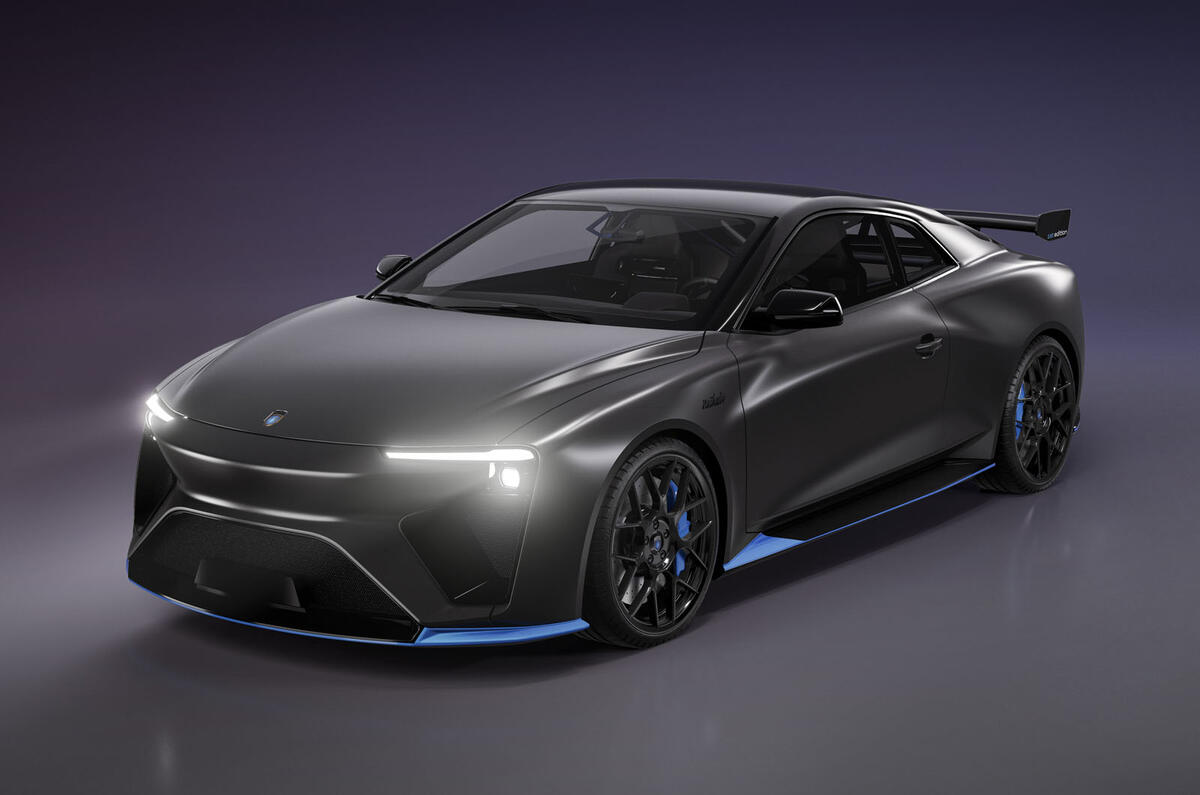
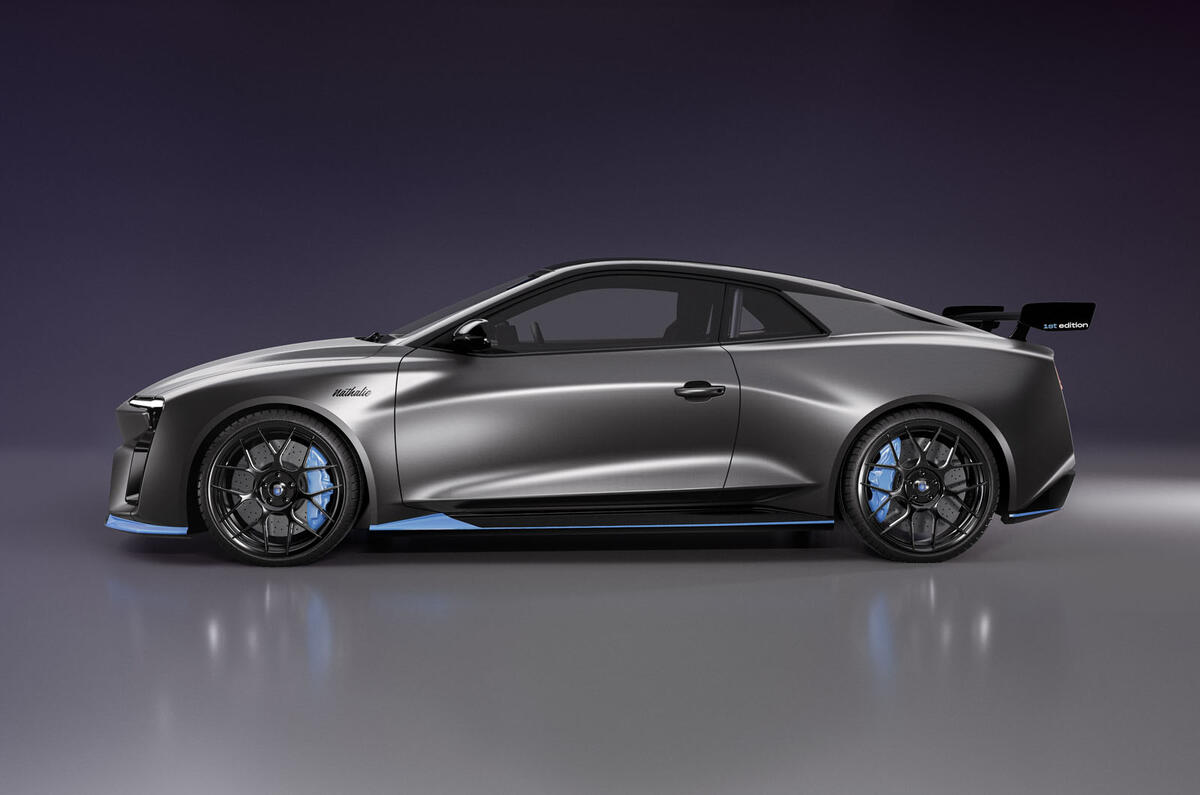
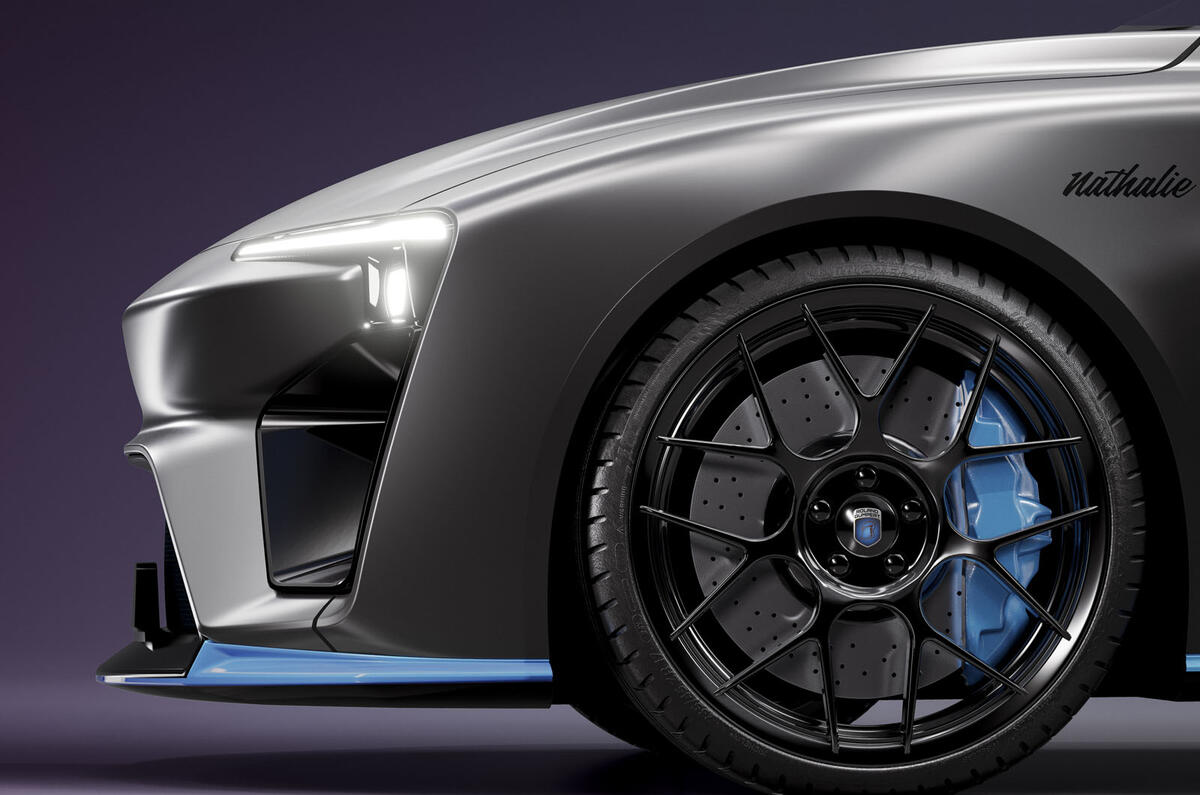
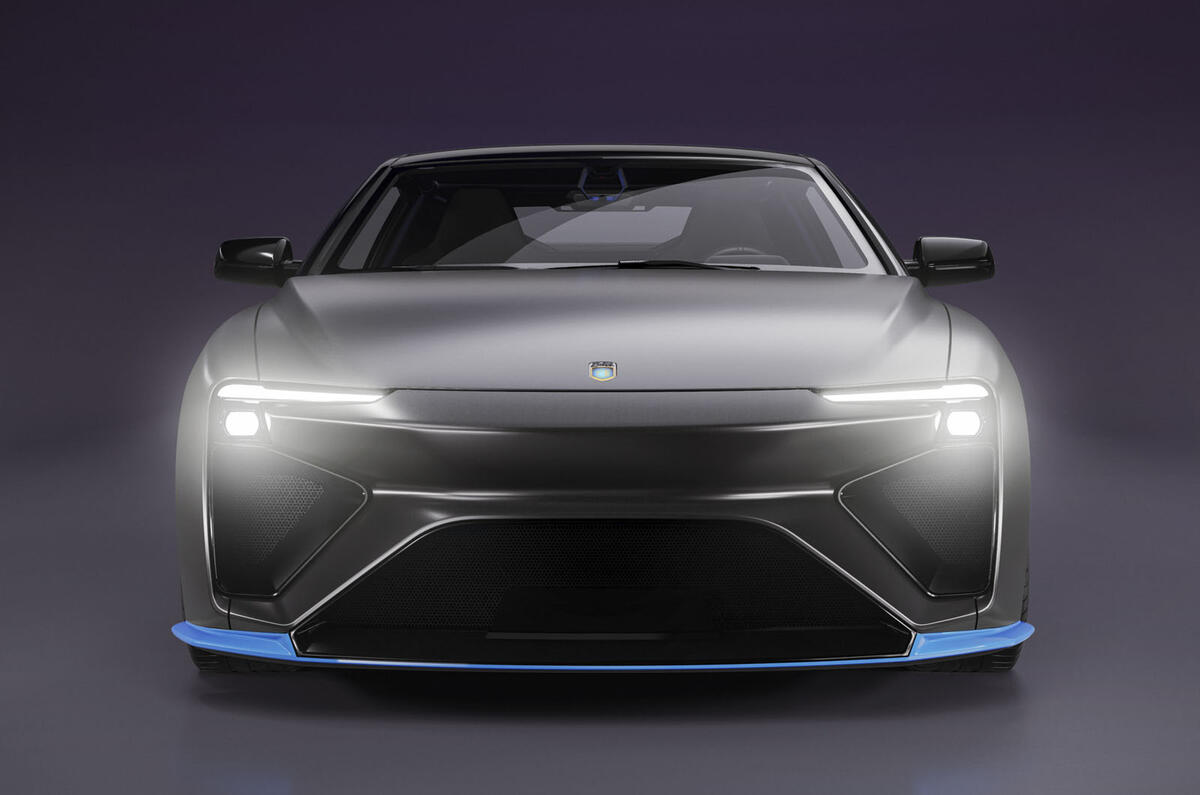
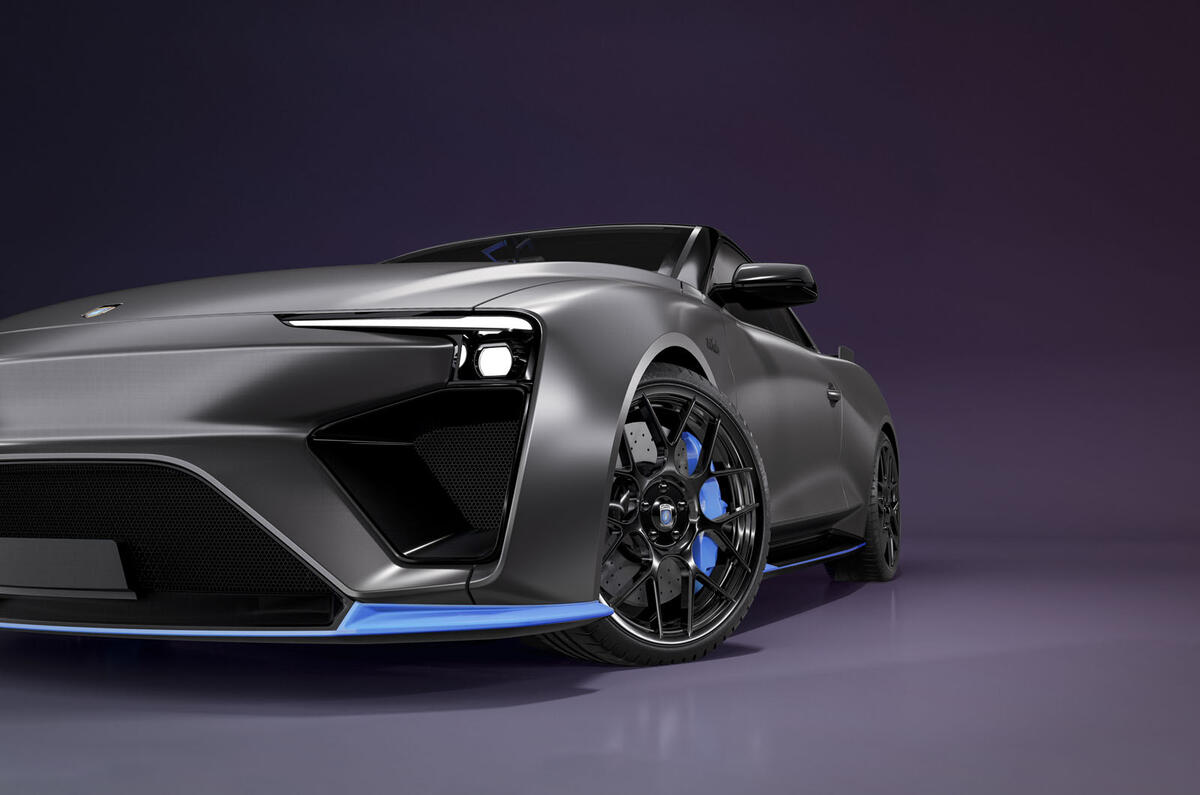
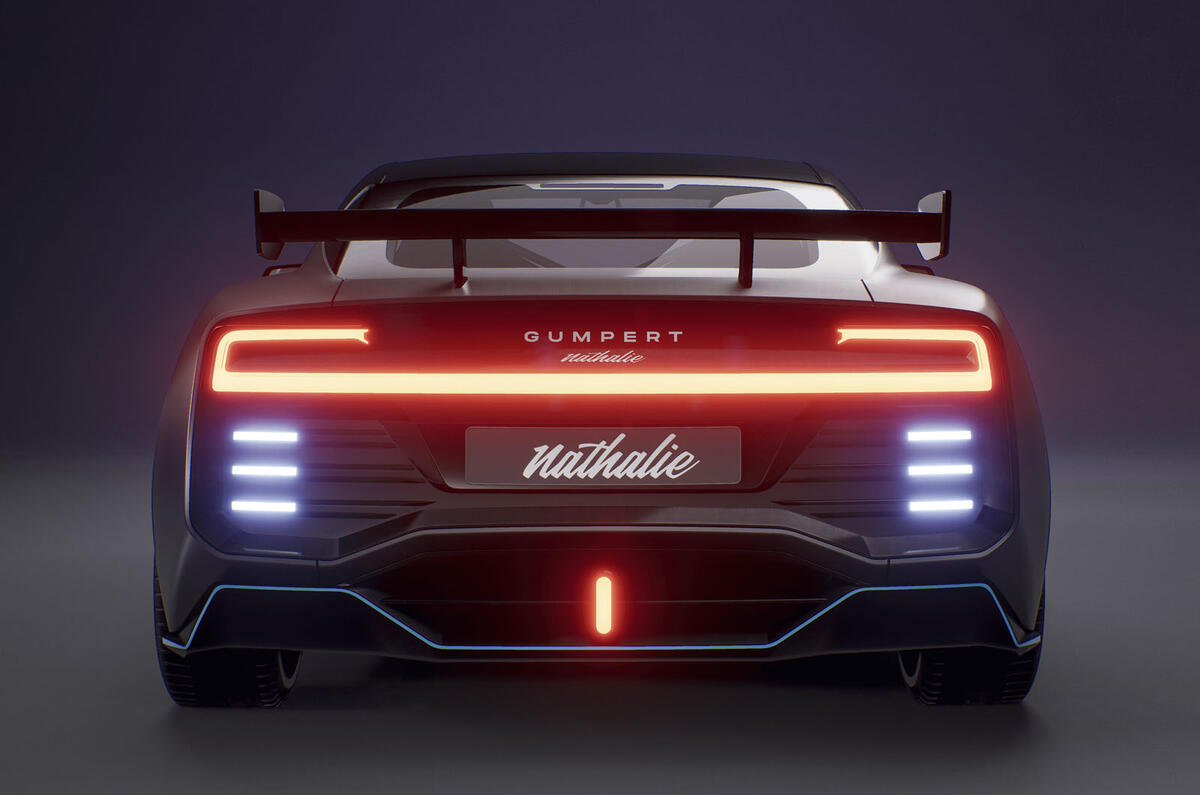
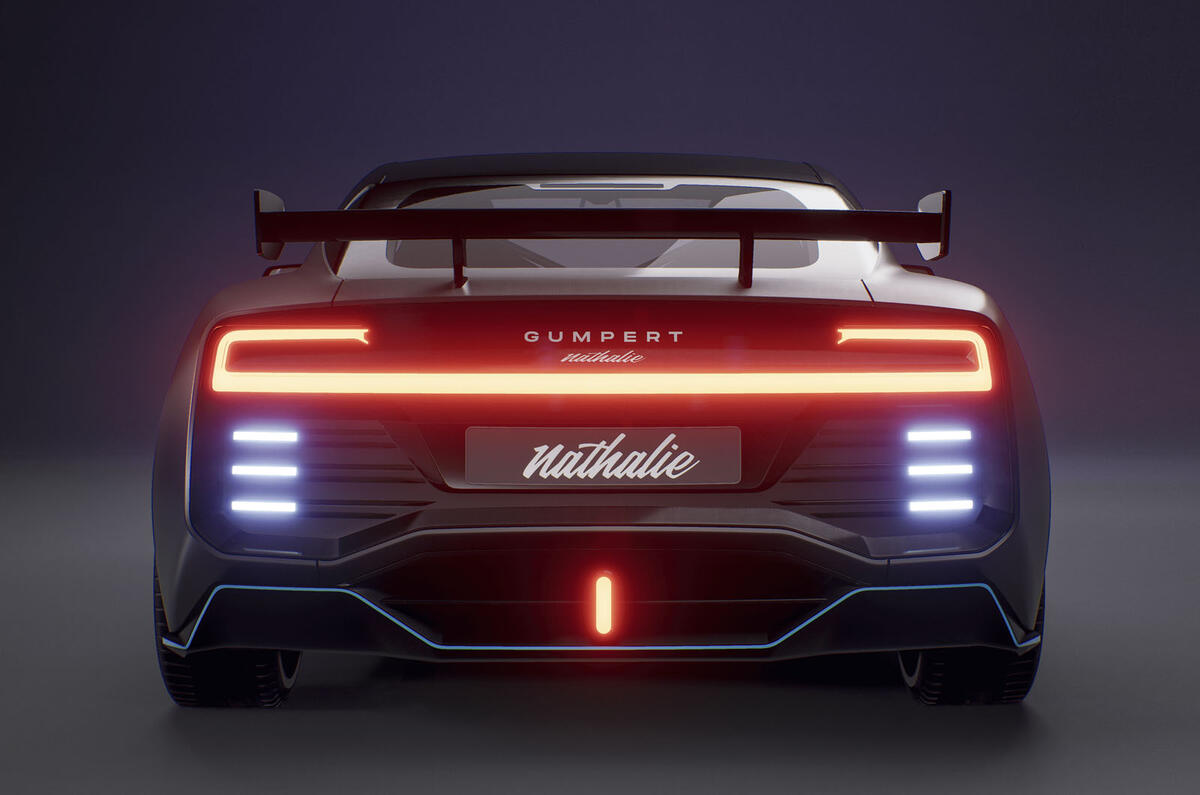
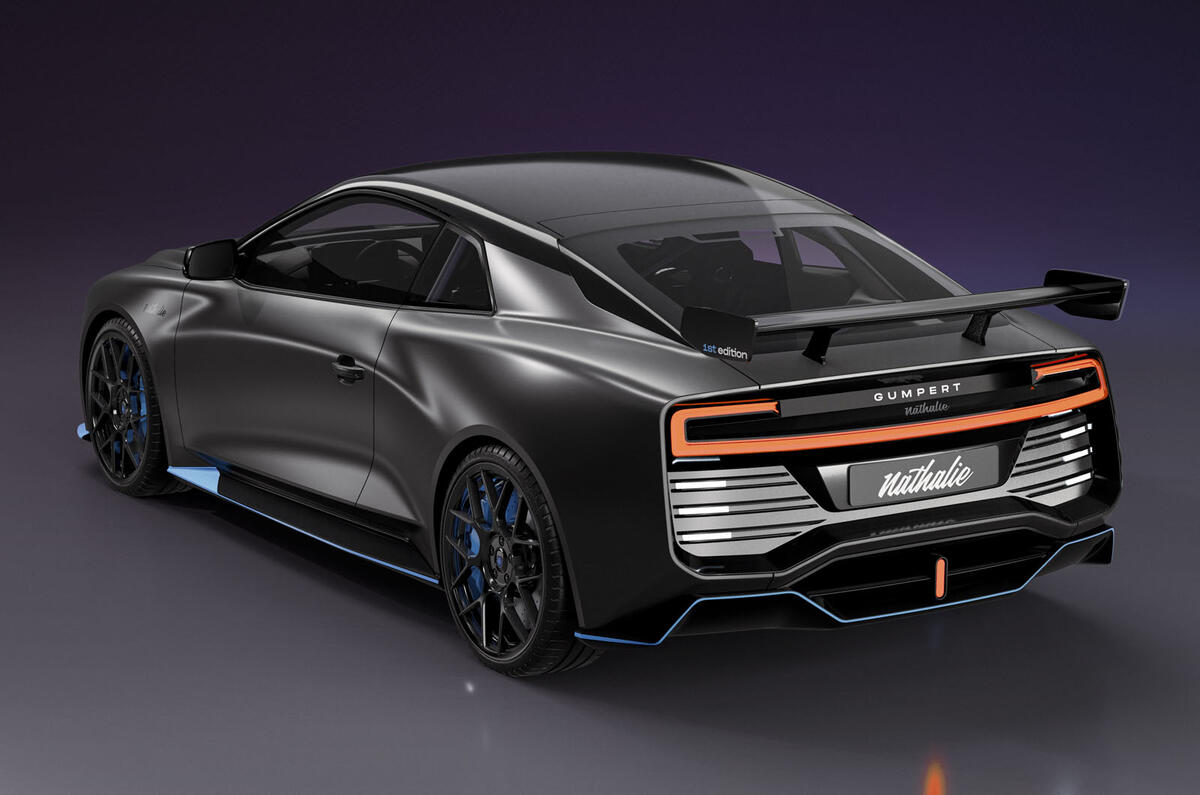

Join the debate
Peter Cavellini
Is it just me?
Before I read the article I flicked through the images because to me at least, I thought it was based on the Nissan GTR......
xxxx
That'll catch on then
Methanol to hydrogen to electricity, it's so simple
HazwoldV8
Why can't this powertrain be incorporated into other cars?
Does anyone know why this can't be incorporated into other cars? 3 minutes fill time, 500 mile range and pretty razor-sharp performance sounds a viable alternative to fuel to me?!
Is it expensive to create?
fleabane
Hope it works
No details of the buffer battery, or the catalyst used for the conversion and how robust it is, or where the methanol is sourced, or whether you can use whisky instead (only in an emergency). Presumably, in the conversion of methanol to hydrogen you're going to release CO2? Just asking.
Maybe we'll never find out.
Filippouy
0 to 60 time
I wonder who needs to accelerate to 60mph in 2.5 seconds. Of course I understand and share car enthusiasm, but cars are also used in cities and towns, and this figures look like boy-racer magnets.
30-70 mph times seem way more relevant yet are almost never stated in model introductions.
si73
Interesting powertrain, would
Agree Peter it really does have echoes of nissan gtr about it.
xxxx
Going well then
So basically they want a world wide chain of methanol stations for a production run of 500 cars. Hydrogen failed on that front (among others) and had plans to sell more than 500. Floored from the start, dump the fuel cell and stick a 60kwh battery in capable of v. fast charging
Add your comment